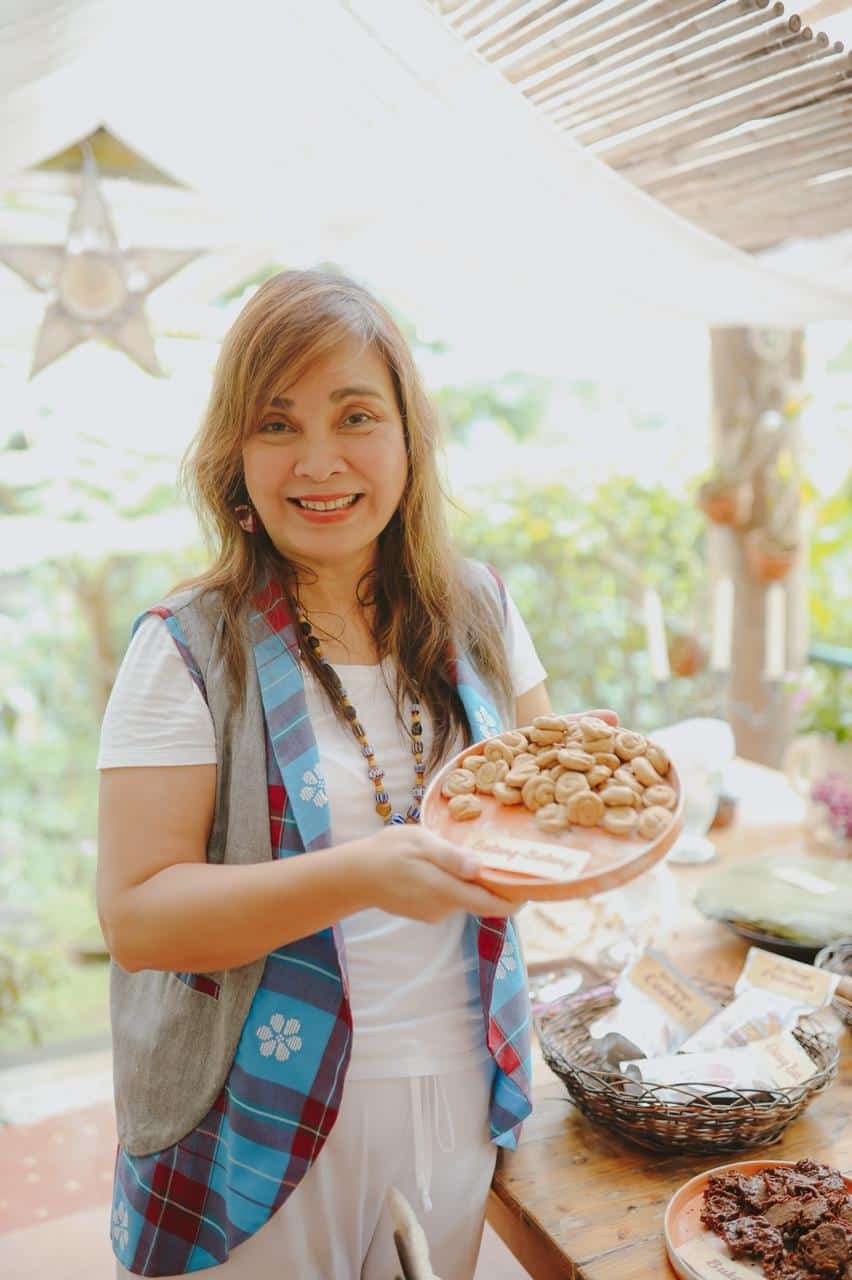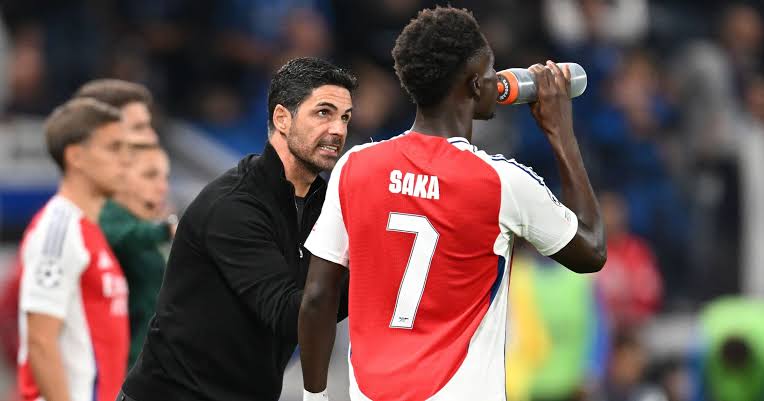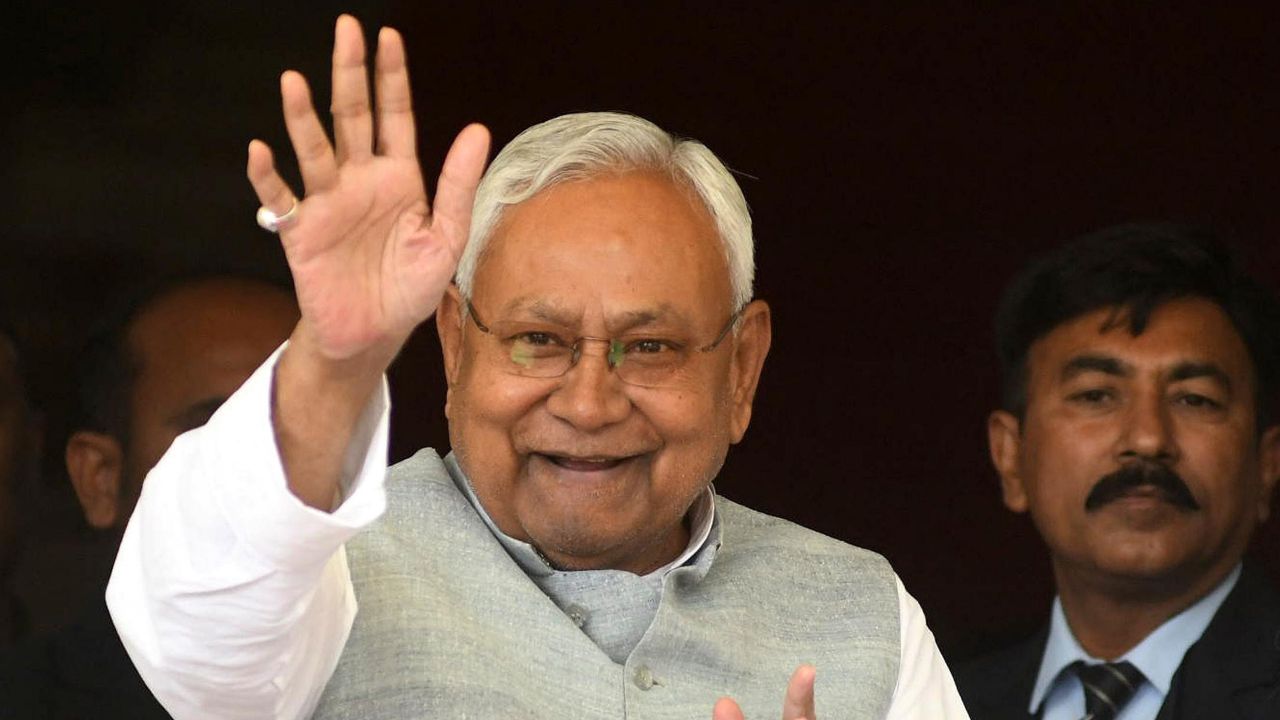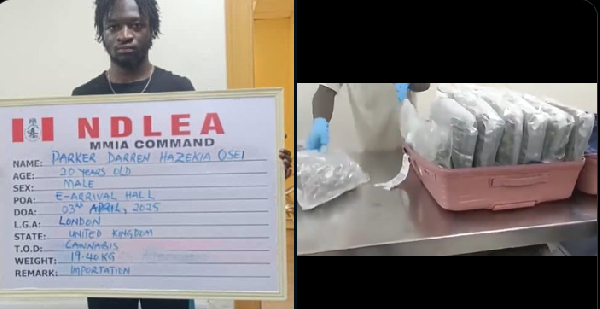If fashion ever thought it could dodge the emotions it stirs, Lakmé Fashion Week x Fashion Design Council of India (LFW x FDCI) proved otherwise. Sure, people love to shrug off tears at a show—“too dramatic,” “over the top”—but let’s be real: the best moments in fashion make us feel something. Dislocation, surprise, weirdness, grief, pain, even discomfort, are much a part of the emo experience as the clothes themselves.
This year, for its 25th edition, LFW x FDCI wasn’t just about the glitz. It combined nostalgia with innovation. Emerging designers brought fresh optimism, while the finale highlighted 25 years of Indian fashion through archival pieces from 35 established names like Ritu Kumar, Rahul Mishra, Anamika Khanna, Ritu Beri, Gaurav Gupta, Sanjay Garg, Ruchika Sachdeva, Suneet Varma, and Varun Bahl.

Showman Sabyasachi Mukherjee was notably absent from the line-up, despite staging two finale shows, while actor Kareena Kapoor Khan announced her return as the face of Lakmē.Lakme Fashion Week x FDCI finale show featured 35 designers, including Tarun Tahiliani, Manish Malhotra, Gaurav Gupta, Rina Dhaka, Namrata Joshipura, Narendra Kumar, and more, celebrating the past and present of Indian fashionLFW x FDCI has always made headlines—good, bad, and everything in between. Once a code word for “crunchy, multigrain hand-madeness”, craft has become a major force on catwalks, gaining depth and visibility with fashion’s changing tides.
Warrior at Work: AK|OK by Anamika KhannaSo, at Anamika Khanna’s luxe prêt label AK|OK show, something unexpected happened: fashion went a little democratic (well, invite-only, but still). The traditional runway was swapped for a 5-foot stage, and the front row got booted to make room for a first-come-first-serve standing section.Ananya Pandey closes AK|OK by Anamika Khanna show Silver Collar set its sights on corporate life, with elevated workwear like dhoti skirts with capes, Jodhpur trousers with waistcoats, and a saree-meets-jumpsuit hybrid.
The jewels weren’t just accessories—they were part of the outfit, draping over everything from trousers to briefcases. Silver layers flowed over shoes, and sleek cuffs for arms and feet felt straight out of mythology—modern-day apsaras hustling from AM to PM. Lakmē girl and actor Ananya Pandey wrapped it all up in an embroidered jumpsuit-saree combo, complete with a jewel-encrusted blouse and pallu.
Moments of Camaraderie: OTT by Tarun TahilianiPicture this: a women’s dressing room full of personalities. Models helping each other get dressed, sharing tips, and cheering each other on. The set itself was transformed to reflect a dressing room, while carrying an atmosphere of women supporting women.
OTT by Tarun Tahiliani Season 2 of OTT by Tarun Tahiliani was all about easy, everyday wear with a big focus on craft. Tahiliani’s question was simple: “Why should craft be just for special occasions? Why not wear it every day?” The vibe was India modern made cool with draped trousers, skirts, gilets, and jackets in every length, including trench coats. Models restyled garments live on stage, offering a point of view on how easily they could be mixed and matched.
Designing clothes, too, can be a form of portraiture. “I make clothes for getting dressed up, so I’m really interested in how clothes can create a public persona for women,” said Tahiliani. And the craftsmanship? Spot on.
Chikankari and Rabari embroidery were reimagined, while the Singh Twins’ geometric prints from 2015 made a comeback in softer hues of ecru, blush, and sage. Fabrics like linen, Chanderi, and organza tied it all together. Chikankari is set to take over daily fashion, especially with TT behind it.
Crafting Romance: Contemporary Artisan CollectionsIs craft the new black? Absolutely, as Somaiya Kala Vidya’s Contemporary Artisan Collections proved. Featuring five artisans from Kutch, the show highlighted ajrakh, mashru, mirrorwork, bandhani, and wax-resist batik—crafts rooted in heritage, now linking with fashion.Ajrakh Gharana by Zaid Khatri; Elysian by Mubbasirah Khatri; Musk by Muskan Khatri; Neel Batik by Shakil Ahmed; Alaicha by Amruta VankarMubbasirah Khatri, one of the few female artisans working with ajrakh, brought a contemporary twist to the technique.
She found parallels between shakha (dry branches) motifs and the Japanese concepts of impermanence and imperfection, reflected in Wabi Sabi and Kintsugi. Zaid Khatri of Ajrakh Gharana reimagined co-ords and suits, transforming ajrakh into wearable art.Amruta Vankar’s Alaicha (mashru in Kutchi) paired mashru silk sarees with gradient stripes, while Muskan Khatri’s label Musk explored inner space with bandhani, complete with neon accents and whirl of cosmic sparks.
Finally, Shakil Ahmed of Neel Batik, a seasoned artisan from Kutch’s Mundra district, blended patterns and dyes in his four-piece collection of sarees, blouses, and kaftans adorned with Kutch’s renowned mirrorwork.The crowd, including designer James Ferreira and Vimor’s Pavithra Muddaya, gave a standing ovation, some even teary-eyed. Innovation through tradition—fashion’s future unfolding.
Culture Meets Emotion: AFEW by Rahul MishraThe lead-up to Rahul Mishra’s AFEW fall-winter 2025 collection, The Silk Route, had the viral energy of those ironic paparazzi shots—so very Gen Z, especially with actor Janhvi Kapoor caught in a staged moment of surprise. While the memes were fun, it was the clothes that sparked a cultural conversation.Actor Janhvi Kapoor opens the AFEW show by Rahul Mishra; AFEW by Rahul MishraInspired by ancient trade routes linking East and West, Mishra explored the cross-pollination of goods, ideas, and crafts, with India at the centre.
His designs spoke a visual language that felt equally at home in New York and Tokyo.Mishra threw us a brain teaser: “Did Shibori travel from Japan to become Bandhani in India, or did Bandhani inspire Shibori?” The collection played with exaggerated shapes—puffed hips, sheer bottoms and tops, sculpted shoulders, and necklines. Shibori met tartans (hello, MacLeod), flora, folklore, the Silk Route, and European art (yes, Rousseau, we see you).
Key pieces included a sculptural Shibori hooded jacket, a cloud-puffed silk shirt, and a one-shoulder draped dress. And let’s not forget the cheeky cock motifs—yes, the male of the domestic fowl—embellishing sheer shirts and hemmed jackets in various lengths, with one featuring kimono-style sleeves.Love Me Tender: GenNext Visual FeastAs LFW x FDCI kicked off, all eyes were on the new wave of designers championing responsible design.
What followed was something rare: a moment of tenderness. Instead of the usual rush of desire, it was a quieter, more reflective pleasure—watching creativity roam free at a time when fashion often feels like a game controlled by the big players.That Antiquepiece by Yash Patil; (right) Quarter by Somya Lochan Take Mumbai-based Abhishek Shinde’s label, Abhichiq, for example.
His capsule line gave us a totally delulu wardrobe that works just as well for a day at the beach as for a chilled-out evening out, gender notwithstanding. Think oversized blazers, striped jackets, bombers, and shorts, all paired with handwoven cotton and block prints. Shinde’s time working with Anavila Misra clearly showed in the soft power of the crafts and textiles meeting softer tailoring.
The pieces hit that sweet spot, with a sense of longevity that makes you think, “Umm, I could wear that every summer.”Delhi-based Yash Patil’s That Antiquepiece was inspired by the regal costumes of the Rana queens of Nepal, bringing that ballgown grandeur without all the fuss. He played with braids, embroidery, rich gem hues, and textured fabrics to create a sartorial spectacle with an everyday twist.
The craftsmanship was solid, though some shapes and proportions felt a bit off, as if they just needed more refining. The collection had a strong, theatrical, androgynous vibe, but with a bit more focus on imagination, it could have really come together.Abhichiq by Abhishek Patil The show closed with Somya Lochan, the Delhi-based designer behind Quarter, who took a deeply personal approach with her collection The Dichotomy of Loss.
For Lochan, grief wasn’t just a theme—it was the foundation for her co-ed line. With scissors and fabric, she crafted a story of emotion and design.The cuts and layers, especially on the structured jackets, felt like a metaphor for emotional armour—raw, protective, but still soft and fluid.
Textures like Tanchoi silk and Himroo brocade, along with hand-finished brass buttons and delicate beading, added a sense of closeness.Models carried stuffed teddy bears—symbols of comfort and vulnerability in moments of despair—bringing a childlike tenderness to fashion. Lochan’s ability to blend high fashion with something so deeply personal is impressive.
She’s definitely a designer to watch.Old Craft, New Emotions: Amit AggarwalActor Bhumi Pednekar for Amit AggarwalIf you’re familiar with Amit Aggarwal’s work, you know he’s all about blending craft with tech, and that was evident from the first look at his prêt line, Aged Anew. This time, he dialled down the drama for a more pared-down, couture-inspired silhouette, mixing handwoven polymer with recycled brocade.
The result? Serious boss-lady energy, as showcased by actor Bhumi Pednekar in a jewel-brocade corset with built-in tie details over a black-and-white duo.Aggarwal said, “This collection is about freedom—clothes that move with you, adapt, and evolve with your style. Fashion should be effortless yet expressive.
These pieces are meant to be worn your way, mixed with what you already love, and feel uniquely you.” And he nailed it. These are clothes you could actually wear to dinner or a Diwali party (if your budget agrees).
Strong punches came in the form of an inverted triangle silhouette, with broad shoulders blossoming into gowns and skirts, or flipped upside down with slinky shirts, blouses, and grand ball-ready skirts and trousers..
Politics

Lakmé Fashion Week 2025: Craft, kapda, aur Kareena Kapoor Khan

The latest edition of Lakmé Fashion Week x FDCI in Mumbai struck a progressive and pensive tone for its 25th anniversary, playing to type rather than hype, while still delivering showstoppers and strategic brand placements















